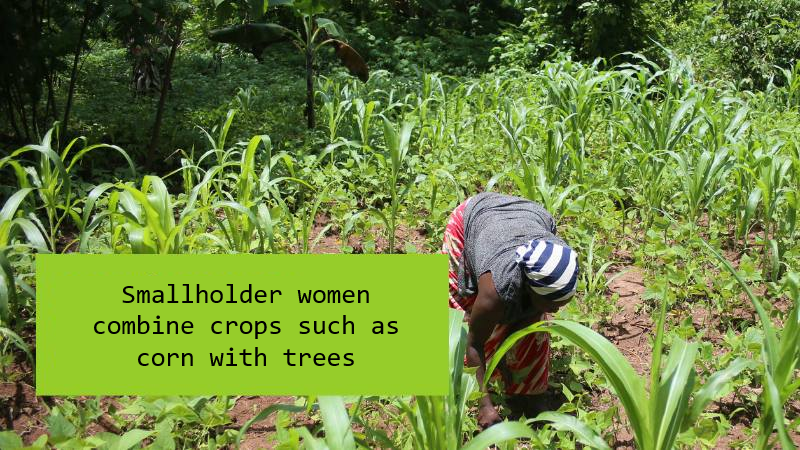Countries such as Uganda are heavily dependent on agriculture. Extreme weather threatens the livelihoods of millions of smallholder farmers and their families. But there is an unexpected helper for the harvest.
Climate change is also noticeable in East African countries such as Uganda, Kenya, and Rwanda. For example, through changes in rainfall patterns. Traditionally, agriculture in this region was heavily dependent on regular rainy seasons. However, rainfall has become unpredictable. Many regions have experienced short, intense downpours that have led to flooding.
Other regions, from the Horn of Africa to Kenya, have experienced the longest drought ever. According to estimates, the dry periods last almost twice as long as they did in the 1980s.
Millions of people in rural areas of Uganda are facing a serious risk of hunger
Climate change is leading to a significant reduction in agricultural productivity in East Africa – a region that is already suffering from food shortages. On average, families harvesting their small fields today yield only a quarter of what is typical in Europe or North America for the same amount of land.
The poorest suffer the most – smallholder families who have no access to artificial irrigation, for example. They are defenseless against the vagaries of the weather. In East Africa, such rain-fed farmers make up a large proportion of all those employed in agriculture. As a result, the United Nations IPCC Climate Council estimates that crop yields of corn, one of the region’s main food sources, could decline by up to 15% in the coming decades.
And the problem is getting worse. According to estimates, the world will need 50 percent more food by 2050 to feed the growing global population. Currently, around 828 million people suffer from hunger, and one-third of the world’s population—2.3 billion people—do not have access to adequate food.
Many small farmers are forced to sell larger portions of their harvests to generate income. This leaves them with less for their own consumption. Millions of people in rural East Africa are at risk of hunger, even though they work hard.

Adaptation strategies and an unexpected harvest helper
To counter the effects of climate change, smallholder farmers must increasingly adapt. This includes, for example, the use of drought-resistant seed varieties, the introduction of irrigation technologies, and the diversification of crops. Unexpected harvest helpers are also being used more and more often: trees.
Latek has expanded its proven agricultural program in Uganda to include trees. Each smallholder family in the program now receives 45 tree seedlings to plant in their fields alongside soybeans, millet, or corn. These trees protect the soil from erosion, for example during heavy rainfall. In extreme heat, they shield the crops from the sun. In addition, their rotting leaves are a natural fertilizer.
Smallholder farmers acquire climate competence
Smallholder farming families urgently need to acquire climate competence. They must learn to adapt their farming methods to climate change. Many smallholder farmers are organized in cooperatives. Latek contacts them and organizes training courses with local experts. These experts speak the language of the local farmers – in every sense of the word. After all, Uganda is a country with dozens of dialects.
The training covers soil preparation, sowing, harvesting, storage, and the basics of marketing. Latek also connects them with experts who check out the soil and suggest the best crops for small farmers. Everyone gets high-quality seeds.
Thanks to these new training components, families can stabilize or even increase their harvest yields in times of climate change. In doing so, they increase food security for themselves and their home region



